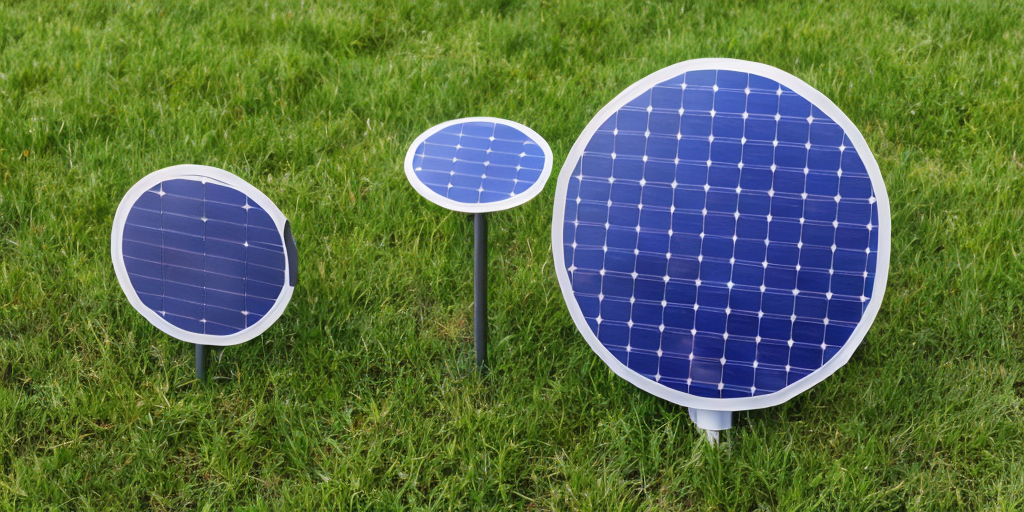I want to make a solar charger for tool batteries. I’m thinking plug a standard AC dual 5 amp 20v battery charger into an inverter charged via a solar battery bank. Enough to charge four batteries during the day. That’s not in the budget so I’m going to start small with just one battery at a time (600watts?). Maybe two batteries a day if I can afford it.
Who here has built such a battery bank? What advice do you have? What handy online calculators do you recommend? Is there a spreadsheet available that is better than a calculator? In the past I would have looked for those myself but search engines are totally useless now. Would you rather have one big battery hooked up to the inverter or a bank of smaller batteries in series or parallel?
Start with a 12v version of the tool battery charger instead, then you eliminate the need for the inverter. Just do a simple solar charge controller and battery for power.
This won’t work for most tool chargers as they are 110-240v usually.
I know for a fact Dewalt, Milwaukee, and Makita offer 12 volt versions of the chargers for their power tool batteries.
But not Hercules. Which is my default after my Makita stuff got stolen out of a work truck.
The problems I have with that:
- most power tools do not have 12v chargers
- that limits the ability to charge multiple types of tool batteries without having a dedicated 12v charger for each brand of batteries. I want to be able to plug in a Makita, Hercules or DeWalt charger into the inverter so that I’m not brand locked.
- if the 12v too battery charger dies the whole system is useless. By plugging a standard AC charger into the inverter you can pull a backup charger you pick up at a pawn shop and just plug it in.
I have built this, it’s not perfect and I made mine a little over kill. I even have an extra inverter because I tried to scale mine up to charge a Nissan leaf. It successfully did so, but only for a few minutes before it would get too hot
What questions did you have?
As for advice, buy the correct crimping tools, a good set of wire cutters and be sure to get the correct sized wire. I’d also suggest pairing it with a battery, I just did a 12v marine battery lifepo chemistry and made sure my charge controller can handle it. This was actually kinda necessary because it keeps an even charge.
I didn’t use any calculators or spreadsheet, except the one that showed what the nominal voltages were for my battery
Also I’d say I regret doing one large instead of multiple smaller batteries just because of cost.
I’d be happy to help more but just know I am not an expert, or even that skilled at electric work.
I picked up a Kill A Watt that shows peak usage so I can make sure the CA is rated correctly.
Thank you for the input on batteries. This has me conflicted because if there is just one battery and it fails the system dies. But if I have multiple batteries and just keone fails the system still dies and I have to replace every battery anyway since you can’t mix and match. But that last option has more cables needed.
I have a basic handyman electrical kit so I can crimp standard household gauges 10 and smaller wires but will eventually have to get crimps for heavier cables.
I’d love a calculator where you plug in how many watts you need at a given volts and it tells you the inverter size, battery capacity including cranking amps and solar cell wattage for a given zip code so that I can minimize the amount of manual math needed.
And at what size system do I need a cooling fan? And how big does that fan need to be?
An issue we have this week is the hurricane. Multiple people on Facebook looking for a place to sleep that has power so they can run their CPAP. Any system capable of charging a tool battery (essential for chainsaws after a storm) is more than capable of running a CPAP overnight. And with a tool battery adapter you can charge a cell phone.
Sounds like you’re well on your way. Mine still has some issues so I’d love to stay in the loop on your build a d will offer any help I can.
That’s a good point about the multiple batteries, I guess I hadn’t considered that.
I was able to get mine to run a chest freezer over the summer, but once the sun shifts to fall it isn’t able to charge back up fast enough. I’ve only got two panels and they are on the wrong side of the roof. Also we had a power outage last year during a snowstorm. I was able to plug my house fridge/freezer into my system and it kept our food from going bad. Running a few cpaps should be simple.
There are a lot of uses for a small offgrid solar battery system


